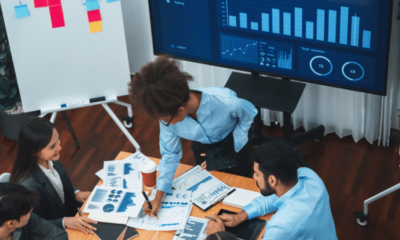MARKETING
What Is Localism and How Does it Relate to Local SEO?
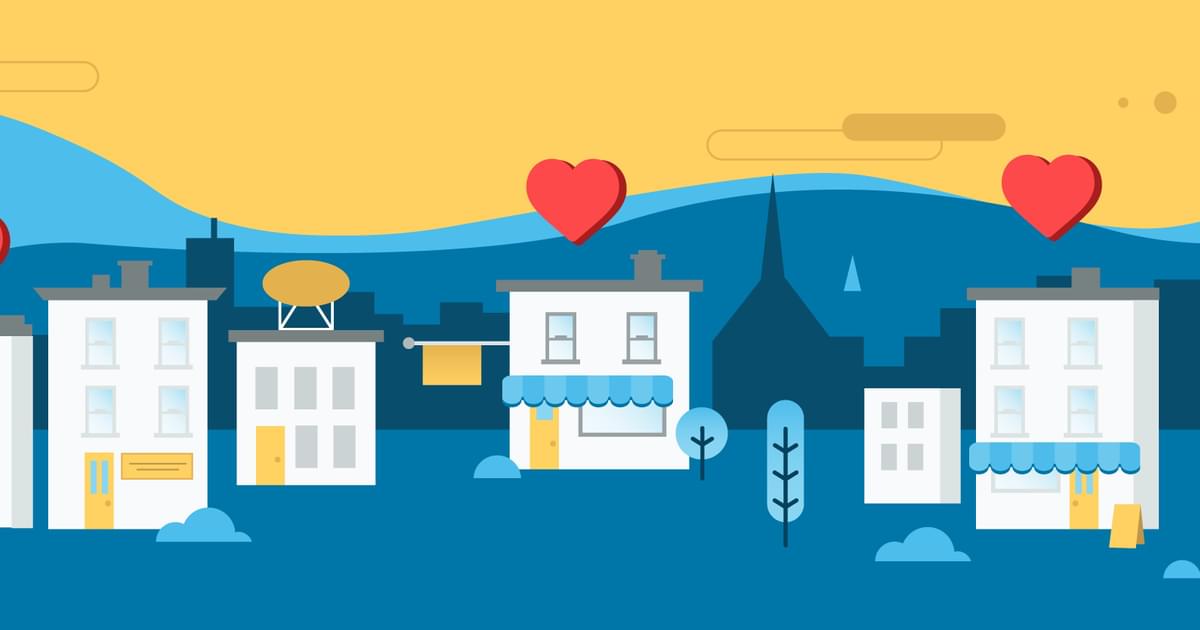
The author’s views are entirely his or her own (excluding the unlikely event of hypnosis) and may not always reflect the views of Moz.
Local search marketing is a form of publicity unlike any other because of its potential for creating positive social change.
July 2022 is Independent Business Month and the perfect moment to reinvigorate our work as local SEOs by reflecting on the meaningful bigger picture to which we’re contributing. I’ve heard European social commentators say that you can’t publish books in America with the word “virtue” in their titles, but when an independent business owner opens their doors, it instigates a true virtuous cycle. When marketers have the honor of entering that cycle, we’re participating in something even more important than “traffic”, “conversions”, or “growth”; we’re contributing to the force for good known as localism.
It can be an outcome of continual work with analytics and statistics to slip into viewing everything as a numbers game, but in local, each of those numbers is a real individual, a neighbor with a story, with needs. This month, we have the opportunity to re-center people, community, and environment by considering the definition of localism and seeing how our work in local SEO matters.
A definition of economic localism
I can’t say it better than this:
“Localism is about building communities that are more healthy and sustainable – backed by local economies that are stronger and more resilient. It means we use regional resources to meet our needs – reconnecting eaters with farmers, investors with entrepreneurs, and business owners with the communities and natural places on which they depend. Economic success is measured less by production than by providing a decent standard of living for the most people while living in harmony with natural systems.” – Business Alliance for Local Living Economies (BAILLE)
In other words, instead of mere profits being the ultimate goal of this way of participating in civic life, localism strives to reduce suffering by building a community that actually functions well for everybody who lives in it – what the Reverend Doctor Martin Luther King, Jr. might have termed “a glorious and healthy place to inhabit”.
The benefits of localism
Local wealth for local needs
The most immediate and obvious benefit of economic localism is that the money you spend keeps circulating amongst your neighbors. As illustrated above, you buy a bike and put money into the pocket of the local bike shop owner. On their lunch break, the bike shop owner cycles down the road for lunch and hands your money over to the local restaurateur. After work, the restaurateur takes your money to the local hardware store to pick up some locally-grown veggie starts for their home garden. The next morning, the hardware store owner is using your money to pay part of their electricity bill to the community-owned utility. A few weeks later, an engineer at the utility company is using your money to donate to a new bike path being made in your community so that there are safer places for cyclists like you to ride.

In sum, a community built on localism recycles its money so that it can be dedicated to local people’s needs and projects, but a community without this model becomes increasingly under-funded because its wealth is leaking away into the wallets of national, multi-national, and remote entities with no stake in local life. When your community needs a new fire engine, repairs to the town hall, or schoolbooks, the money is there within the city instead of lost forever to the coffers of Walmart or Amazon where the CEOs have no thoughts about your local needs. So, basic economic localism begins with ensuring that local wealth is recycled instead of extracted, but this is just the first of its benefits and we’ll look at a few more that deserve priority focus.
Healthy, green communities

Environmental protections and localism go hand in hand, rooted in the acknowledgement that we have no life, no business, no anything without the Earth. Local delivery of your essential needs cuts carbon emissions in half vs. remote ecommerce shopping. Meanwhile, the central location of typical Main Streets means people can choose to walk, bike, or drive a much shorter distance to shop, while big box stores (which usually take up formerly-open or agricultural lands on the outskirts of cities) tripled pollution from driving between 1969 – 2009. George Washington University links two million annual new cases of pediatric asthma to driving our cars, meaning the less we use fossil fuel vehicles, the better our children can breathe. And as for formerly-green spaces acting as the healthy ecological lungs of your whole community, an economy driven by localism can defund big box sprawl and restore wetlands, waterways, and farmlands where megastores and asphalt used to be.
Political will and power

At the most hyperlocal level, towns and cities running on localism can shape their own economic landscapes. Communities have repeatedly demonstrated the power to keep big boxes out and diverse small businesses open so that shoppers have some very meaningful choices at their disposal. Buy Local associations and related groups also have real power to help sway local elections and policies which determine how towns and cities develop and grow, directly impacting life quality for all residents.
Zooming out on the map, these local actions can have national benefits. A dilemma facing conscientious consumers is when their need for everyday goods collides with the dominance of monopolies that fund undesirable politicians and policies. The distress is real when, for example, a shopper becomes aware that there have been some 500 shootings at US grocery stores since 2020 and discovers that the chain where they shop is funding candidates or legislation promoting the sale of assault weapons. The Universal Declaration of Human Rights guarantees “life, liberty and safety of person” for all people, but if a big brand doesn’t uphold these conventions, resulting in the deaths or terrorization of its customers, ethical people will not want to do business with that company. When one town refuses to let such a business operate in their community, it is one small victory; when multiple towns do the same, it can govern the behavior and fate of that brand at a national level.
Human well-being and enjoyment

The American Psychological Association finds that our chances of premature death are cut in half if we are protected from suffering loneliness and the Cambridge Journal of Regions proposes that there is a direct tie between local health and the proportion of small businesses in a community. When your local business owners, farmers, artisans, educators, and public servants know you by name, you experience the kind of quality social interactions that are a safeguard against isolation, despair, and untimely mortality.
Localism can not only help you live longer, but it can make the savor of your years so much richer, with there being unique and interesting things to see and do in your town. Americans take 2.29 billion domestic trips every year, and when you think about the impulse to visit other places, it can’t be so that you can experience the exact same big boxes and fast food franchises in millions of cities! Rather, you want to walk and taste the real New Orleans, or San Francisco, or Seattle. If your town is host to a famous garlic festival, or apple fair, or chili cookoff, guard this regional richness from the kind of corporate homogeneity that would make colorless carbon copies out of vivid places to be alive. Localism can actually make the difference between human suffering and human joy.
The honor of working in local SEO

I confess to getting very excited whenever I think or talk about this: local SEOs have the skills to help shape towns and countries they actually want to live in. All those years we put in studying search and local commerce have actually empowered us to directly promote the independent businesses which bring the multiple benefits of localism to life. In fact, we can think of our abilities as a toolkit for rebalancing the economy, society, and even the planet.
How does that work?
It’s quite simple: any time your work results in an independently-owned small business outranking a corporate one, you are making it easier for local shoppers to choose localism.
It’s a struggle to compete against the endless marketing budgets of national brands, but your skills at performing deft competitive local audits and quickly seeing a path towards greater independent business visibility are actually a key contribution to helping the public discover and choose a more humane and habitable future. In fact, filling your client roster with an eye to localism aligns your work life with the dignity of immigrants who own about ¼ of small US businesses, with minority-owned US businesses which are 99.9% SMBs, and with a massive and necessary reduction in everybody’s carbon footprint. It’s estimated that Americans will spend about ⅓ of their total lives at work; it’s heartening to know we have an option to commit all those hours to public good.
Our opponents won’t quit any time soon. We can slide into feeling helpless when our Twitter feeds are comprised of news about Amazon greenwashing Earth Day while allegedly underreporting its unsustainable carbon emissions, Walmart paying its employees such low wages that the company has become the nation’s largest recipient of welfare, and Target union busting while Starbucks threatens to close a shop where workers managed to unionize.
Local SEOs, happily, are not powerless, because we can choose to be sure that there are other highly visible places for people to buy food, books, clothes, housewares, and a cup of coffee. We can embrace the honor of using our substantial marketing skills to amplify the narrative of localism, in partnership with our clients, to address the societal heartaches that hurt us most and get busy on the must-do work of healing the planet. No small tasks, perhaps, but what a tantalizing offer life is presenting us with to resolve to market for the common good.
MARKETING
A Recap of Everything Marketers & Advertisers Need to Know

When rumors started swirling about Twitter changing its name to X, I couldn’t believe it at first. But then, in July 2023, as I searched for my favorite blue icon on the phone, I found a black icon instead. It had actually happened!
MARKETING
The key to correcting the C-suite trust deficit

Take a moment to search “CMO tenure” and you’ll find a wide variety of content discussing the short tenure of CMOs and how it’s among the shortest of roles in the C-suite. If you dive deeper, you’ll find that CEOs don’t seem to trust CMOs.
Boathouse’s CMO Insights study (registration required) noted several sobering conclusions:
- 34% of CEOs have great confidence in their CMOs.
- 32% of CEOs trust their CMOs.
- 56% of CEOs believe their CMO supports their long-term vision.
- And only 10% of CEOs believe their CMO puts the CEO’s needs before their own.
If these statistics also apply to the CMO’s entire organization, then it’s clear we have a trust problem with marketing leadership.
If you haven’t read Patrick Lencioni’s “The Five Dysfunctions of a Team,” I consider it required reading for anyone in any leadership role. In his book, Lencioni builds a pyramid of dysfunctions that need to be addressed for a team to succeed. The foundational dysfunction — with which one cannot build a successful team — is “absence of trust.” We see it at scale with marketing organizations today.
Introducing objectivity through data
In “Hamlet,” Shakespeare writes, “There is nothing either good or bad, but thinking makes it so.” Each organization that makes up a company looks at the company from a different perspective. What marketing sees as positive, finance may see as negative. But who’s right? No one.
Usually, there is no objectivity because leadership comes up with an idea and we execute it. It’s like the fashion proverb “Beauty is in the eye of the beholder.” Unfortunately, we’re going to struggle to run a profitable organization if it’s run like a fashion show.
Therefore, we need to introduce objectivity to how we work. Leadership needs to come together to agree on goals that align with the goals of the broader organization. One element of this conversation should be an acknowledgment that this is turning a ship.
Often leaders — especially those without marketing backgrounds — are likely to expect instant gratification. It’s going to take time to turn the ship and you and your team would do well to set reasonable expectations right away.
Dig deeper: KPIs that connect: 5 metrics for marketing, sales and product alignment
Aligning goals and metrics across the organization
With goals in hand, we need to assign metrics to their progress and agree on the source(s) of truth. Once these objective measures are in place, perspective doesn’t matter. 2 + 2 = 4 regardless of whether you’re in HR or accounting.
Every public road has a speed limit and whether you’re in compliance with it has nothing to do with your perspective. If you’re above it, you’re wrong and subject to penalties. Referring to the fashion example, it’s not a fashion show where some people like a dress and others don’t.
By using data to objectively measure marketing’s progress within the organization and having the rest of the leadership buy into the strategy, we build trust through objectivity. Maybe the CEO would not have chosen the campaign the marketing team chose.
But if it was agreed that a >1 ROAS is how we measure a successful campaign, it can’t be argued that the campaign was unsuccessful if the ROAS was >1. In this example, the campaign was an objective success even if the CEO’s subjective opinion was negative.
Data-driven campaign planning
Within the marketing organization, campaigns should always be developed with measurement top of mind. Through analysis, we can determine what channels, creative, audiences and tactics will be most successful for a given campaign.
Being able to tell the leadership team that campaigns are chosen based on their ability to deliver measured results across metrics aligned to cross-departmental goals is a powerful message. It further builds trust and confidence that marketing isn’t run based on the CMO’s subjective opinions or gut decisions. Rather, it’s a collaborative, data-driven process.
For this to be successful, though, it can’t just be for show, where we make a gut decision and direct an analyst to go find data to back up our approach. This would be analytics theater, which is a perversion of the data. Instead, tell the analyst what you think you want to do and ask them to assess it.
For the rest of the organization’s leadership, ask questions when the marketing team presents a campaign. Find out how they came up with the strategy and expect to hear a lot about data — especially the metrics you all agreed would support the company’s overarching goals.
Dig deeper: 5 failure points of a marketing measurement plan — and how to fix them
Data literacy: Building credibility through transparency
Building trust doesn’t happen overnight, but a sustained practice of using data to drive marketing leadership’s decisions will build trust if the metrics ladder up to the organizational goals and all of leadership is bought into the measurement plan.
Over time, this trust will translate into longer tenure and more successful teams through building the infrastructure needed to tackle Lencioni’s five dysfunctions.
Opinions expressed in this article are those of the guest author and not necessarily MarTech. Staff authors are listed here.
MARKETING
How Tagging Strategies Transform Marketing Campaigns
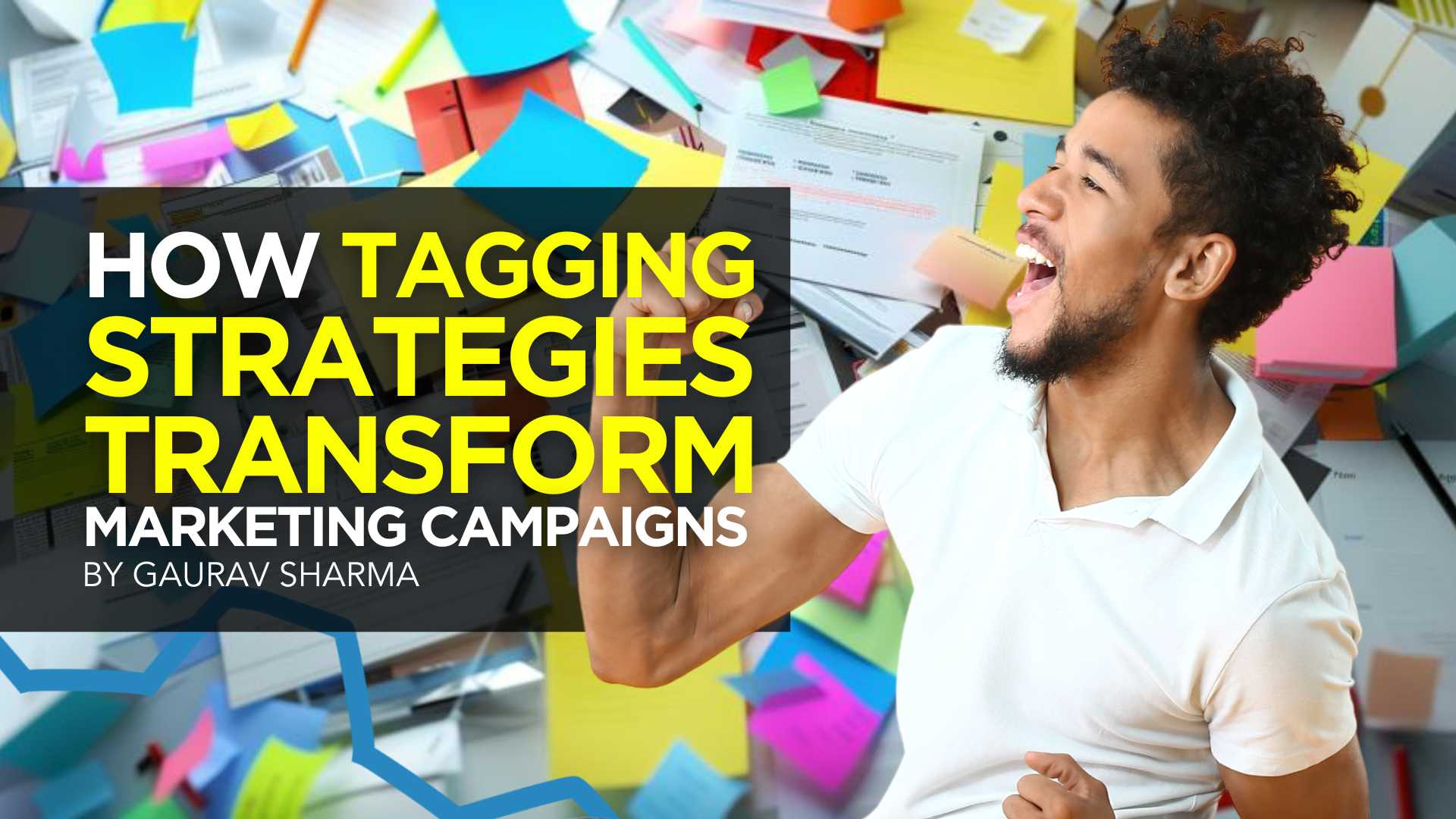

As a marketer, I understand how today’s marketing campaigns face fierce competition. With so much content and ads competing for eyeballs, creating campaigns that stand out is no easy task.
That’s where strategies like tagging come in.
It helps you categorize and optimize your marketing efforts. It also helps your campaigns cut through the noise and reach the right audience.
To help you out, I’ve compiled nine ways brands use a tagging strategy to create an impactful marketing campaign.
Let’s get to it.
How Brands Use a Tagging Strategy
Tagging involves using keywords or labels to categorize and organize content, products, or customer data. You attach tags to specific items or information to make searching, sorting, and analyzing data easier.
There are various types of tags, including meta tags, analytics tags, image tags, hashtags, blog tags, and more.
So, how do brands use a tagging strategy to make their marketing campaigns stand out?
Improve Social Media Engagement
With over 5 billion users, social media provides an easy way to connect with your audience, build relationships, and promote your offerings.
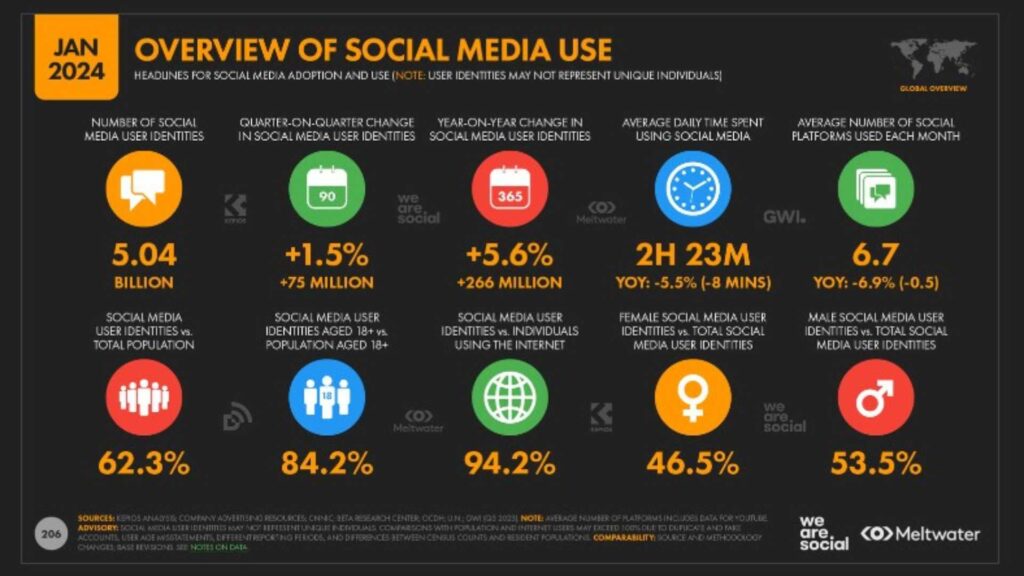

Use a tagging strategy to boost social media interactions. Consistently use hashtags that align with current trends and topics. This encourages people to interact with your content and boosts content visibility.
You can also use tags to monitor brand mentions of your products or your industry. This allows you to engage with your audience promptly.
Consider virtual social media assistants to streamline your tagging strategy. These AI-driven tools can suggest relevant hashtags, track mentions, and automate responses. Implementing them can save time and resources while ensuring consistent engagement across your socials.
Build a Personal Brand on LinkedIn
LinkedIn is the world’s largest professional networking platform, with over 1 billion members across 200 nations. It offers excellent opportunities for individuals and businesses to build and nurture their brands.
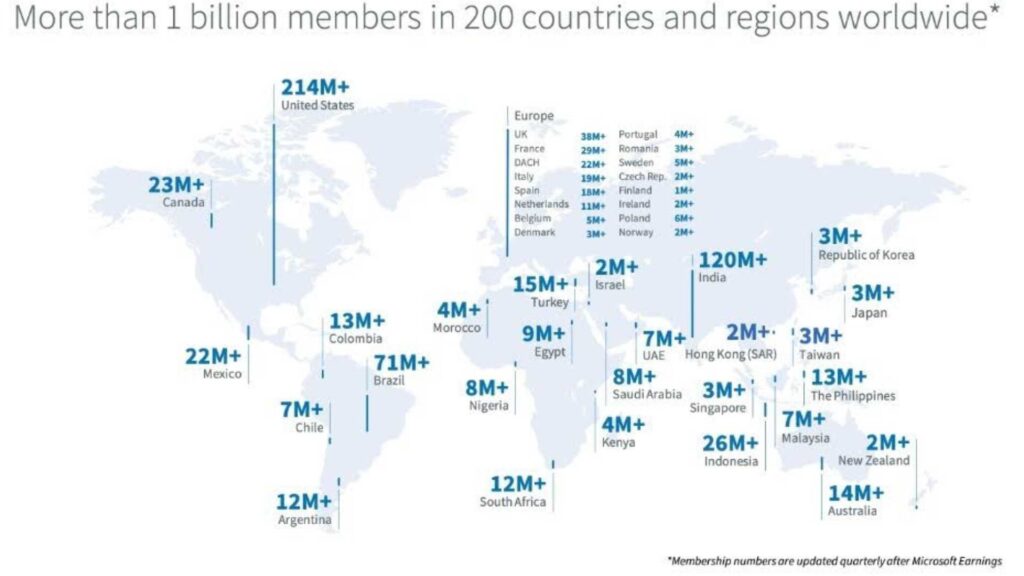

However, simply creating a professional profile isn’t enough to build a personal brand on LinkedIn.
Use various tags to increase your visibility, establish thought leadership, showcase expertise, and attract the right connections. For instance, use skill tags to showcase your expertise and industry tags to attract connections and opportunities within your industry. Use certification tags to help showcase your expertise and credibility to potential employers or clients.
Facilitate Customer Segmentation and Personalization
Personalization matters—more so in today’s data-driven world. In fact, 65% of consumers expect your brand to adapt to their changing preferences and needs.
To meet this expectation, consider using a tagging strategy.
Segment your customers based on shared characteristics, such as demographics, interests, purchase history, cart abandonment, and behavior.
Here’s a summary of the steps to customer segmentation.
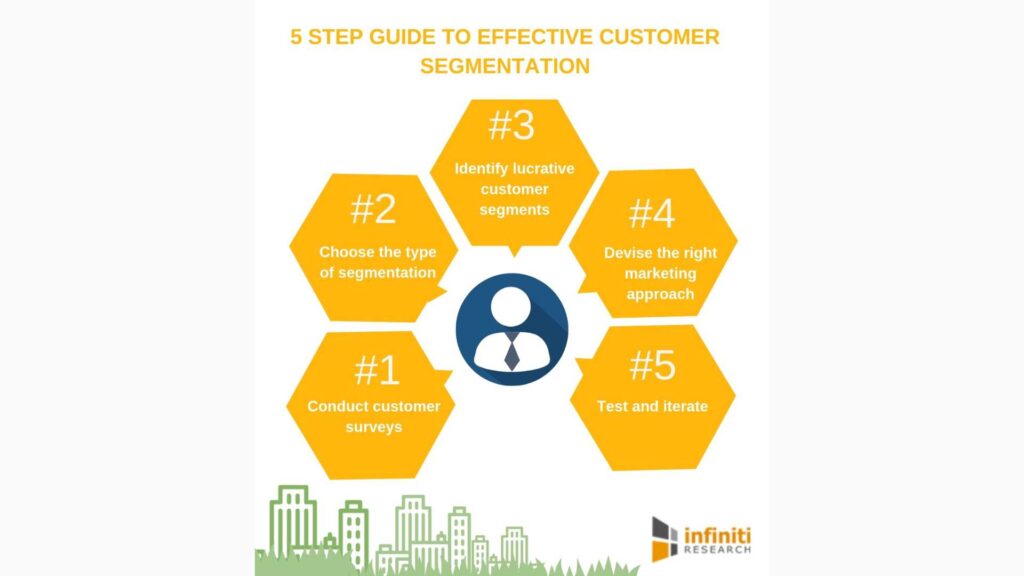

With your customer segments ready, use tags to tailor your marketing messages and offerings to specific segments. Imagine sending targeted email campaigns based on what your customers need. That’s the power of segmentation and tagging in action!
Enhance SEO and Content Discoverability
Tagging content can have a profound impact on search engine optimization (SEO) and content discoverability. When users search for specific topics or products, well-tagged content is more likely to appear in search results, driving organic traffic to your website.
Additionally, tags can help you analyze the most popular topics with your readers. Then, the results of this analysis can help you adjust your content strategies accordingly.
And get this— certain AI tools can help analyze your content and suggest relevant tags and keywords. Using these tools in addition to a tagging strategy can help optimize your SEO strategies and boost content discoverability.
Partner with the Right Influencers
Influencer marketing has become a go-to marketing approach for modern brands. Recent stats show that 85% of marketers and business owners believe influencer marketing is an effective marketing strategy.
But how do you find the perfect influencer for your campaign?
Utilize tags to identify influencers who are relevant to your niche. Beyond this, find influencers who align with your brand values and target audience.
Additionally, look for influencers who use hashtags that are relevant to your campaigns. For instance, fashion influencer Chiara Ferragni uses #adv (advertising) and #ghd (good hair day) hashtags in this campaign.


Monitor industry-specific hashtags and mentions to discover influential voices and build profitable relationships with them.
Track Hashtag Performance
Tracking your hashtag performance helps you understand your campaigns’ engagement, reach, and effectiveness.
To achieve this goal, assign special hashtags to each marketing project. This helps you see which hashtags generate the most engagement and reach, enabling you to refine your tagging strategy.
Here’s an example of a hashtag performance report for the #SuperBowl2024.
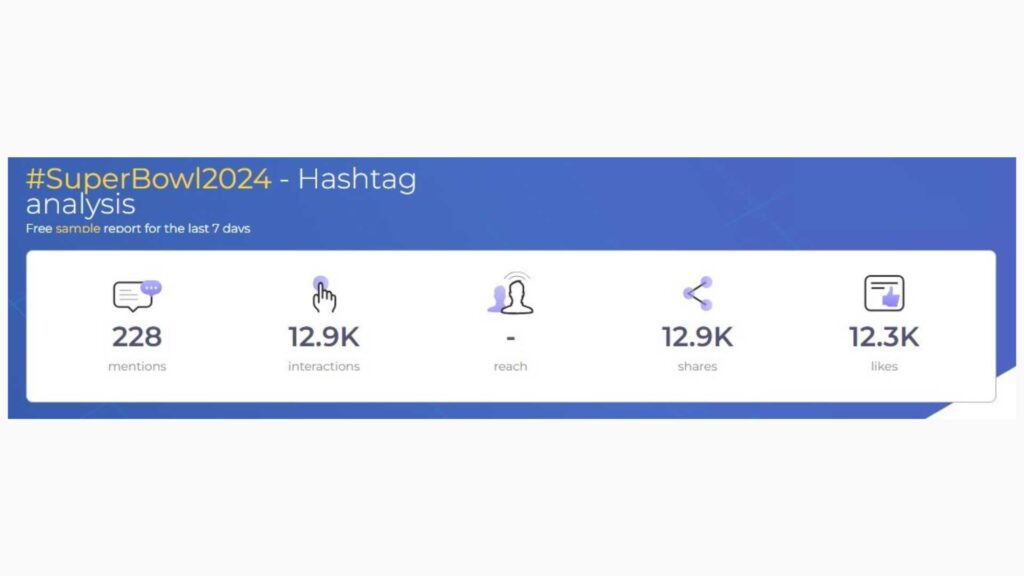

This curated list of hashtag generators by Attrock discusses the top tools for your consideration. You can analyze each and choose the one that best fits your needs.
Categorize Content Accordingly
The human attention span is shrinking. The last thing you want is for your audience to have difficulty in finding or navigating your content, get frustrated, and bounce.
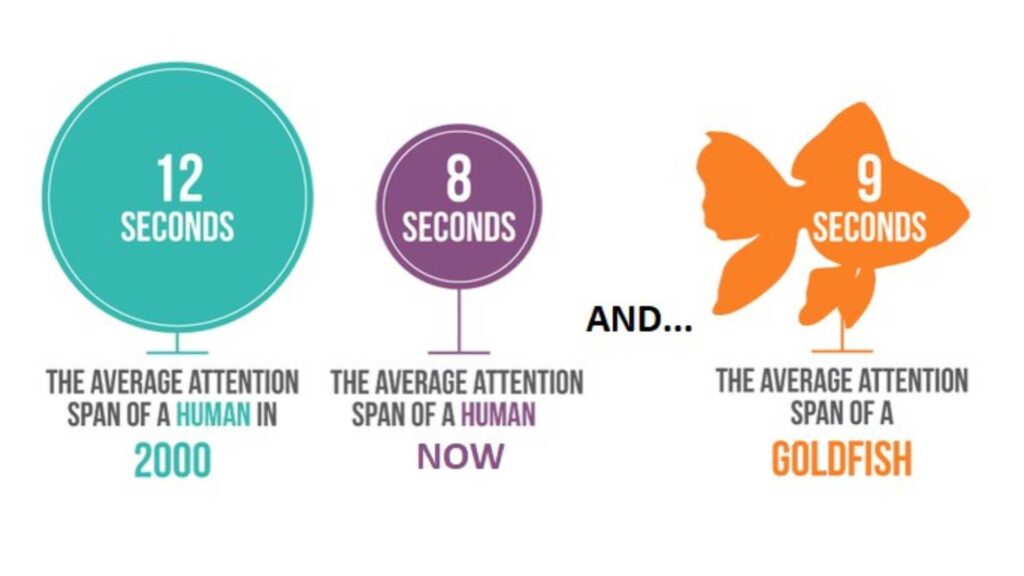

Untagged content can be difficult to navigate and manage. As any marketer knows, content is important in digital marketing campaigns.
To categorize your content, identify the main categories by topics, themes, campaigns, target audiences, or product lines. Then, assign relevant tags based on the categories you’ve identified. After that, implement a consistent tagging strategy for existing and new content.
Organizing your content using tags can also help streamline your content management workflow. Most importantly, readers can easily find the content they’re looking for, thereby boosting overall user experience, engagement, and conversions.
Boost Your Email Marketing Strategy
Email marketing remains a powerful marketing tool in today’s digital world. It’s also another area where brands use a tagging strategy to directly reach their target audience.
Use tags to segment your email list and personalize your marketing messages. Then, you can send targeted emails based on factors like purchase history, interests, and demographics.
Personalization can significantly improve open rates, CTRs, and overall engagement and conversion rates. It’s a simple yet impactful strategy to make your email marketing strategy more effective.
Plus, you can use tags to track how well your emails perform with each group. This helps you understand what content resonates best with your audience and provides insight on how to improve your emails going forward.
Enhance Analytics and Reporting
Every marketer appreciates the immense value of data. For brands using tagging strategies, tags are powerful tools for gathering valuable data.
Analyze how users interact with your tagged content. See which tags generate the most clicks, shares, conversions, and other forms of engagement. Gain insight into audience preferences and campaign effectiveness.
This granular data about your marketing efforts allow you to make data-driven decisions, allocate resources effectively, and refine your marketing strategies.
Final Thoughts
There isn’t a single correct way for brands to use a tagging strategy in marketing. You can use a tagging strategy however you see fit. However, the bottom line is that this strategy offers you a simple yet powerful way to create attention-grabbing and unique marketing campaigns.
Fortunately, tagging strategies are useful across various marketing initiatives, from social media and email marketing to SEO and more.
So, if you’re ready to elevate your marketing campaign, build a strong brand presence, and stand out among the competition, consider employing effective tagging strategies today.
-
SEARCHENGINES7 days ago
Daily Search Forum Recap: April 29, 2024
-
SEARCHENGINES6 days ago
Daily Search Forum Recap: April 30, 2024
-

 MARKETING6 days ago
MARKETING6 days agoHow To Develop a Great Creative Brief and Get On-Target Content
-

 SEO7 days ago
SEO7 days agoGoogle’s John Mueller On Website Recovery After Core Updates
-

 WORDPRESS6 days ago
WORDPRESS6 days ago13 Best Fun WordPress Plugins You’re Missing Out On
-

 SEO5 days ago
SEO5 days agoWhy Big Companies Make Bad Content
-

 SEO5 days ago
SEO5 days agoHow To Drive Pipeline With A Silo-Free Strategy
-

 SEO6 days ago
SEO6 days agoOpenAI To Show Content & Links In Response To Queries










